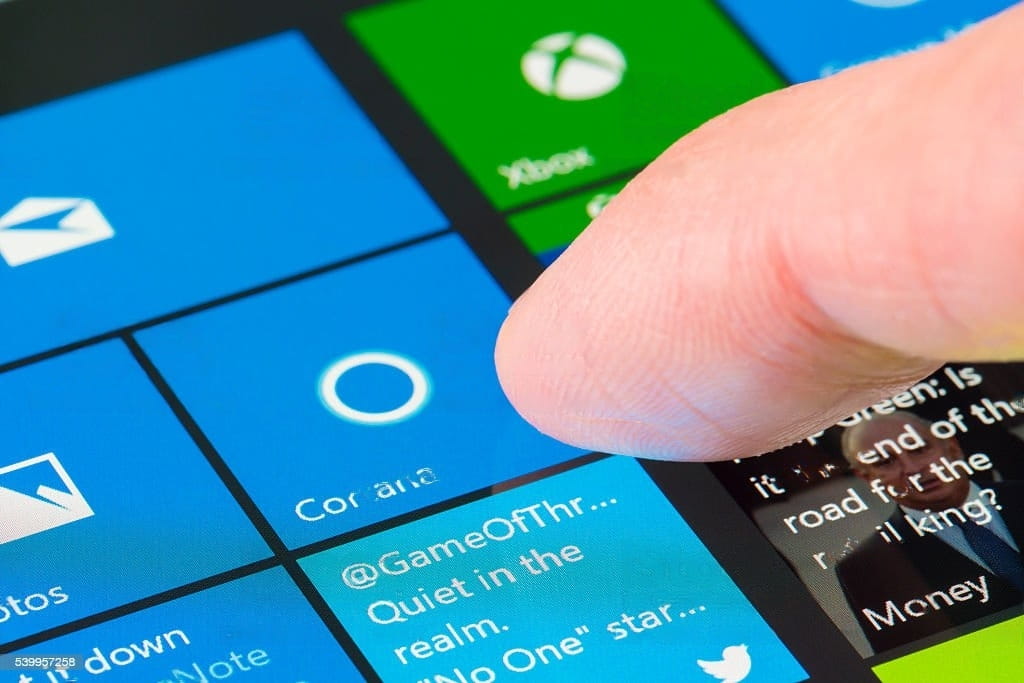Operating System
Microsoft Windows is the computer operating system (OS) developed by Microsoft Corporation for running personal computers (PCs). It was the first to offer a graphical user interface (GUI) for IBM-compatible PCs and quickly became the dominant OS for PCs, with roughly 90% of computers using some form of Windows.
Windows, developed by Microsoft Corporation, is an operating system designed to run personal computers (PCs). It was first released in 1985 and quickly became a dominant player in the PC market due to its revolutionary graphical user interface (GUI). This interface, which was a novel feature for IBM-compatible PCs, allowed users to navigate a virtual desktop using a mouse to open windows displaying the contents of folders and files, instead of typing commands in a text prompt as was required in MS-DOS. The concept was partly inspired by Apple’s Macintosh System Software.
Following the initial release, Microsoft launched various updates to the Windows operating system, adding more capabilities and features. These included the Windows File Manager, Program Manager, and Print Manager, providing a more interactive and user-friendly experience. The company also introduced specialized versions of Windows, such as Windows for Workgroups, designed for network use, and Windows NT, aimed at businesses. With the consumer release of Windows 95 in 1995, Microsoft combined the functions of Windows and DOS and provided built-in Internet access, including the popular Internet Explorer web browser.
With the release of Windows XP in 2001, Microsoft brought together its various Windows editions under one umbrella. Aimed at different groups, including consumers, businesses, multimedia developers, and others, the OS offered a single unified platform. Windows XP marked a departure from the long-used Windows 95 kernel, and instead, featured a more powerful code base, offering an improved interface, better application management and memory management. Despite the initial success of Windows XP, its successor, Windows Vista, was met with resistance and criticism, due to its slow performance and resource-intensive nature. In response, Microsoft released Windows 7 in 2009, which received positive reviews for its speed and system requirements. The interface of Windows 7 was similar to that of Vista, but it was widely praised for its improved performance.
With the release of Windows 8 in 2012, Microsoft introduced a new start screen featuring applications as tiles in a grid and the capability to sync settings, allowing users to log in to another Windows 8 machine and access their preferred settings. In 2015, the software giant launched Windows 10, complete with Cortana, a digital personal assistant similar to Apple’s Siri, and the new Web browser Microsoft Edge which replaced Internet Explorer. Microsoft declared that Windows 10 would be the final version of Windows, meaning that users would receive ongoing updates to the operating system, but that no more major overhauls would be carried out.
